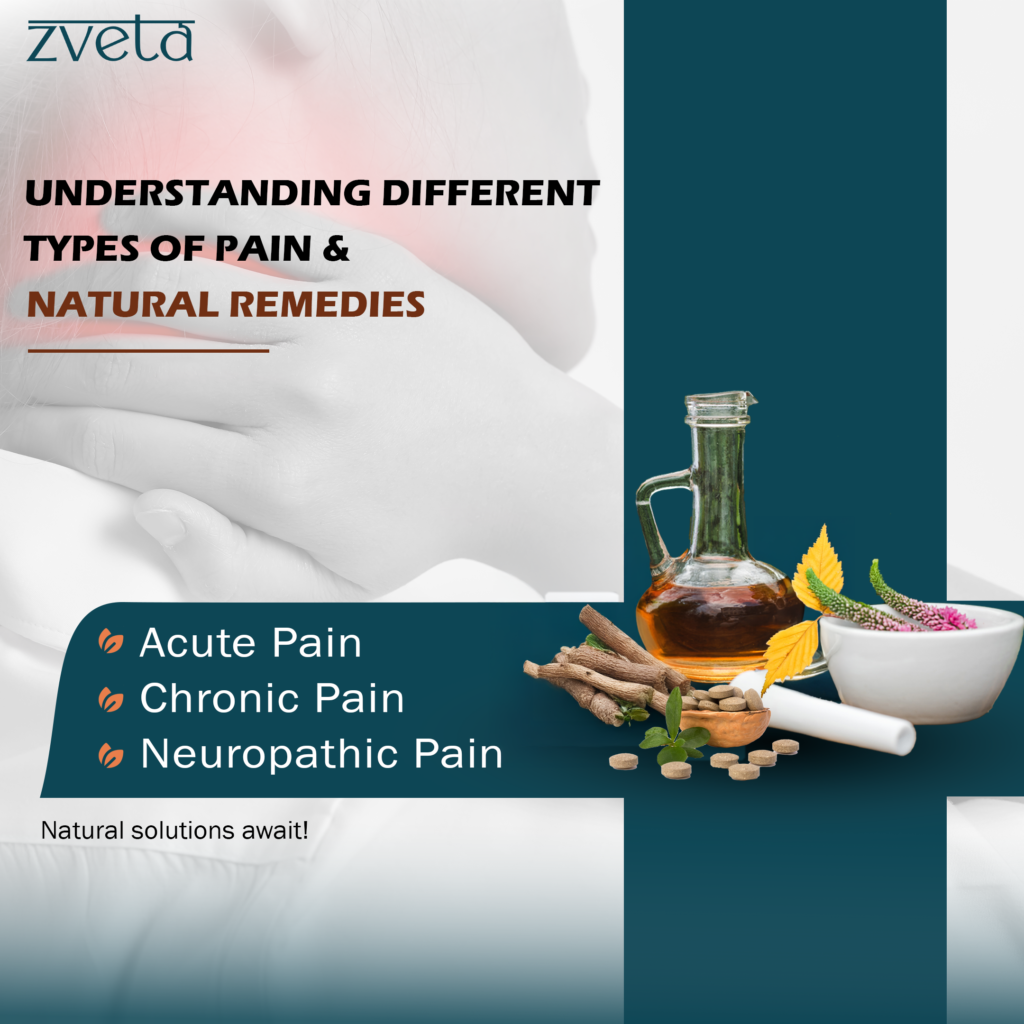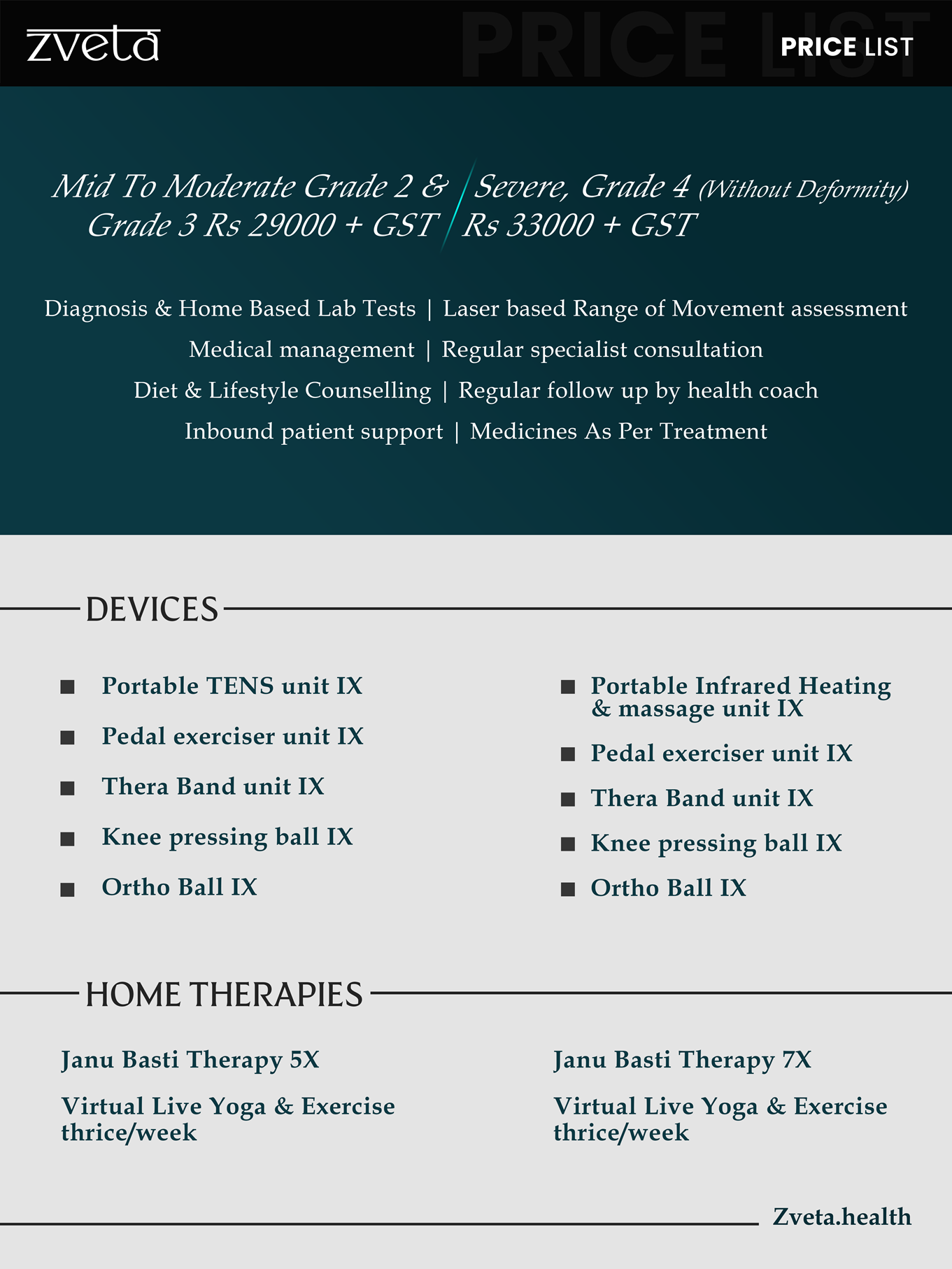Gut health and pain sensitivity
As much as pain is an inevitable part of life, for many it has become a persistent challenge that disrupts daily living and overall well-being.
The gut plays a crucial role in regulating not just digestion but also mood, immunity, and sensitivity to pain. At the center of this connection lies the gut-brain axis, a sophisticated communication network that links the gastrointestinal system to the nervous system. This blog explores the fascinating relationship between gut health and pain sensitivity, shedding light on the mechanisms involved and how disruptions in the gut can amplify pain.
Understanding the Gut-Brain Axis
The human body is complex, with nerves running all over the body, connecting the brain to vital organs and systems. Among these, the gut-brain axis stands out as a critical communication pathway that links the gastrointestinal tract to the central nervous system. This bi-directional connection allows the brain to influence digestive processes, while signals from the gut can shape mood, behavior, and even pain perception.
The Bi-Directional Communication Pathways
The gut-brain axis functions as a two-way communication system between the central and the enteric nervous system, enabling continuous interaction between the gut and the brain through neural, hormonal, and immune mechanisms.
- Neural Pathways – The enteric nervous system (ENS), often referred to as the “second brain,” comprises 200–600 million neurons. It regulates gut function and communicates with the brain via the vagus nerve, a major conduit for transmitting sensory and motor signals.
- Hormonal Pathways – Gut-derived hormones, such as serotonin and peptide YY, influence brain activity, including mood and stress responses.
- Immune Pathways – Cytokines and other immune signals from the gut affect brain inflammation and neuroplasticity, impacting conditions like anxiety and depression.
- Regulating Mood and Stress – The gut produces up to 90% of the body’s serotonin, which modulates stress, anxiety, and depression.
- Pain Perception – The gut-brain axis impacts pain sensitivity through its influence on nociceptors and inflammatory responses.
- Immune System Modulation – About 70–80% of immune cells reside in the gut, where they are influenced by the microbiota, maintaining immune balance.








